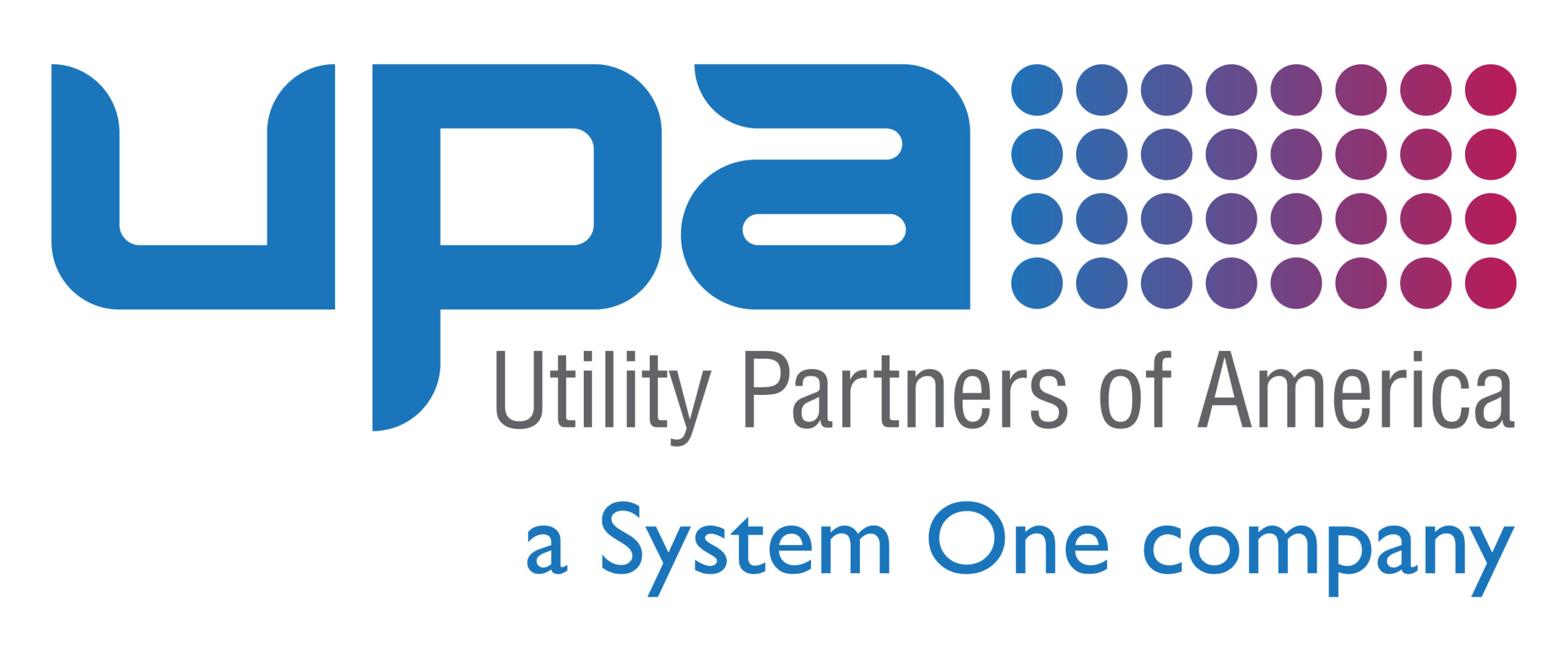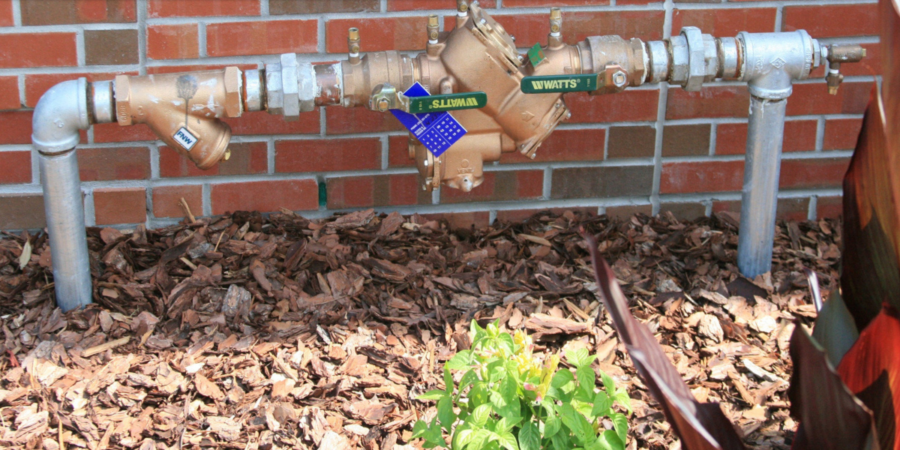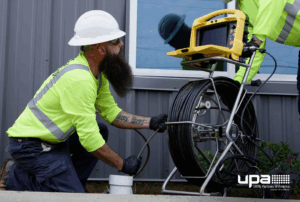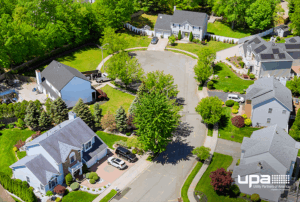By now, we all know the drill with those “Exit Only” signs found on roadways and in parking lots. A safety precaution meant to maintain proper traffic flow so that vehicles move in one direction. A backflow prevention system works similarly by protecting potable water supplies from contamination due to backflow. Essentially, it’s a one-way gate that allows a city’s public water supply to flow into a customer’s pipes. It opens one way and stops anything from returning into the main water supply.
When most people think of a leak or a break in a water main supply line, they imagine lost water. Or they picture water actually seeping up from the ground. While that does happen, these events can also be the cause of a significant drop in pressure. When the pressure drops, there’s no force pushing water through pipes. The water that’s now contaminated with pesticides, human waste, soap, and other chemicals can potentially flow backward and straight into the cities water lines.
Today, we’ll talk about how a backflow prevention system works, the commonly installed types, and why it’s important to have.
What are the main types of backflow?
In order to grasp how a backflow prevention system works, it’s fundamental that you understand the types of backflow conditions. The first type of backflow is “backpressure.” This occurs when a system using water has a stronger pressure than the utility supplying the water. A good example would a multi-story structure featuring piping throughout, like an apartment building or condominium. Because of gravity, it’s easy for that water to fall down into the city’s main supply if there’s any dip in upward pressure.
Related: Leak Detection Part One: Water
“Back-siphonage,” the second type of backflow, is when there is a negative or reduced pressure in the potable water system because of an event like a water main leak. Another culprit that could cause this type of backflow is when there is a high water withdrawal, as is the case when emergency personnel is fighting a fire, or there’s a flushing of the water main. These pipes are ill-equipped to accommodate the necessary water flow and can also generate back-siphonage.
What are the different types of backflow prevention systems?
There are a variety of different types of backflow prevention systems that aim to block contaminants from entering the main water supply. Here’s a brief explanation of some of the most popular choices:
Atmospheric Vacuum Breaker
While this device lacks the sophistication of some of the other choices, it can still provide adequate protection against back-siphonage. However, it is not as effective at combating backpressure. Bent at a 90-degree angle, this elbow-shaped device comes equipped with a valve to prevent backflow.
Double Check Valve
You might find this device on lawn or fire sprinkler systems, and one advantage to the double check valve is that it’s testable. As its name implies, this device features two independently acting valves at each end of the design. Should backflow ever occur, the valves will close to prevent the water from continuing into the main supply.
Related: Minimizing Damage When You Spring a Leak
Air Gap
An air gap is quite literally space, or a gap, between potable and potentially contaminated water. This is a simple, non-mechanical backflow device used with a continuous piping system. Air gaps require reservoirs or tanks to catch water.
Related: Safety Considerations: Three Tips for Preventative Maintenance
Chemigation Valve
In areas that are heavily dependent on agriculture, a chemigation valve is a vital backflow prevention device. By using a check valve with a spring-operated flapper, a low-pressure drain, an air vacuum release valve, and an injection port, this device can keep our clean water supply free from the chemicals.
It’s important to stress that these devices aren’t necessarily in the “set-it-and-forget-it” camp. In fact, depending on the device that’s installed, regular maintenance could be essential to keep the device operating properly. A large amount of debris that can get stuck in the system will cause a backflow prevention device to malfunction.
Related: Ready to Fix Your Infrastructure?
Backflow prevention devices can offer our communities a strong defense against contaminants slipping into our drinkable water supply. Prior to turning on service, water utilities will require customers to install these devices on the customer’s side of the water meter. Utility Partners of America has experience in helping these companies with enforcement and installation.
If you’re interested in seeing how we can help your water utilities company, contact us today.




